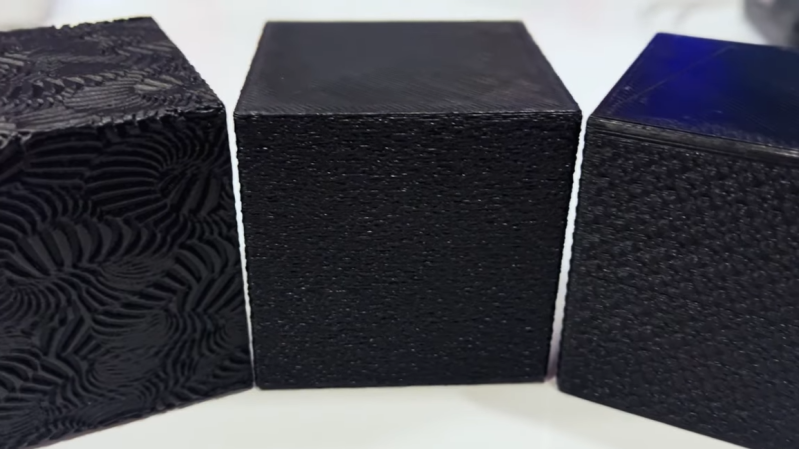Community, Leadership, Experimentation, Diversity, & Education
Pittsburgh Arts, Regional Theatre, New Work, Producing, Copyright, Labor Unions,
New Products, Coping Skills, J-O-Bs...
Theatre industry news, University & School of Drama Announcements, plus occasional course support for
Carnegie Mellon School of Drama Faculty, Staff, Students, and Alumni.
CMU School of Drama
Tuesday, March 05, 2024
Design Tips To Hide Layer Lines In 3D Printed Parts
Hackaday: [Slant 3D] knows a lot about optimizing 3D prints so that they can be cranked out reliably with minimal need for post-processing, and in this short video he uses a cube as a simple example of how a few design changes can not only optimize for production, but can even hide layer lines pretty effectively.
Subscribe to:
Post Comments (Atom)

2 comments:
3d printing is rightly a hot topic of conversation right now and has been for several years. 3D printing, and additive manufacturing in general have a lot of advantages, including low material waste, rapid prototyping, and the ability to create parts that would be impossible through other means. While these features are great, they also have many downsides, such as their cost, relatively slow speed, and printing artifacts. One of the most obvious of these artifacts is layer lines, which the techniques in this article seek to mitigate.
I think 3d printing is popular right now because it is the hot new thing and it allows people to play around with manufacturing using relatively small and cheap equipment, but it may be overused. One thing I am thinking of is a YouTuber who 3d printed an entire organization system with boards and plates. While 3d printing is great because he could make it himself, it is probably not the best way to make those components. Vacuum forming or injection molding would also make those same parts, at a much higher scale and lower cost per piece.
It would be really cool if there was an automated tool or some other sort of software that could automatically visualize the model and automatically choose 3d printing settings in order to maximize some variable that the user sets. I think that a technology like that could make 3d printing more accessible to the population who may not have enough time to learn skills such as CAD or tool pathing. Another thing that could help is more accurate 3d scanning of objects, with minimal to no cleanup. I think that there's a lot of processes in 3d printing that could be automated better than they currently are, and I think that doing so would greatly allow that art form to explode even faster. The thing about 3d printing is that it takes a lot of time to create even basic models unless you have considerable experience, which you don't get unless you make 3d models. It's sort of a catch 22.
Post a Comment